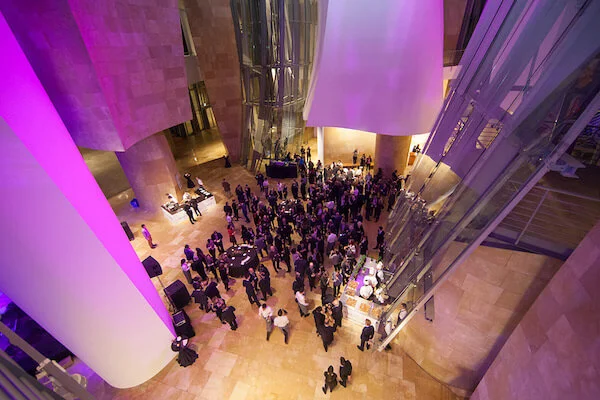Your Dream Vacation Awaits: Luxury Houses, Mansions and Villas in Cuba
Discover Cuba through elegance and exclusivity. Our collection of handpicked villas and mansions offers more than just a stay — it’s an immersion into the soul of the island. From beachfront estates to historic residences in Havana, each home is curated for discerning travelers seeking authenticity, privacy, and refined comfort. Welcome to LujoCuba — your gateway to a truly exceptional Cuban escape..
Discover Cuba's Magic: Exclusive Tours and Experiences
Let LujoCuba take you beyond the expected. From the pulse of Havana’s music scene to the quiet beauty of Viñales, our private tours reveal Cuba’s essence with unmatched depth. Savor fine cuisine, connect with local artists, and explore a cultural legacy shaped by centuries.
Led by expert guides with insider access, every journey is designed around you — whether you’re drawn to architecture, art, or hidden natural gems. Discover Cuba intimately, authentically, and entirely on your terms.
Why Choose Us?
RESPONSIVE TEAM
Our dedicated on-site staff is available 24/7 to ensure every detail of your stay is seamless.
HOSPITALITY
We proudly hold one of the highest client satisfaction rates in the luxury travel industry.
PASSION
Driven by genuine care and love for what we do, we’re committed to creating unforgettable experiences.
SUSTAINABILITY
We prioritize locally sourced and organic products to support Cuba’s communities and environment.
Our meticulously curated selection of luxury properties offers more than just a stay — it’s a fully serviced experience designed for peace of mind and pleasure. Enjoy discreet 24/7 security, attentive butler service, and a dedicated concierge anticipating your every need.
Start your journey with a personalized welcome ceremony that sets the tone for what’s to come. Impeccable daily housekeeping keeps your villa in pristine condition, while access to exclusive amenities and premium products ensures every detail exceeds expectations.
Security
Butler
In charge of coordinating and ensuring the highest level of comfort, satisfaction, and privacy for the guests.
Concierge
Housekeeping
Welcome Ceremony
Exclusive Products
Elevate your Cuban escape with a curated selection of additional services designed for comfort, discovery, and celebration. From seamless transportation and guided cultural tours to indulgent spa treatments and private events, every detail is taken care of.
Immerse yourself in Cuba’s vibrant nightlife, dance at exclusive venues, or relax in bespoke wellness retreats. Savor local gastronomy with our handpicked restaurant recommendations, or let us assist you in planning unforgettable moments — from elegant weddings to thrilling scuba diving adventures.
EXCLUSIVE CONCIERGE MEMBERSHIP
WITH YOUR BOOKING
Experience Havana, the Cultural Capital of the Caribbean
Immerse yourself in the energy of Havana — a city where architecture, music, and timeless elegance converge. From the cobbled streets of Old Havana to the majestic halls of the Teatro Nacional, every corner tells a story of art, resilience, and identity.
Visit the Palace of Fine Arts, home to Cuba’s most iconic artistic legacy. Enjoy breathtaking performances by the world-renowned Ballet Nacional de Cuba, and explore the colonial masterpieces that have made Havana a global cultural landmark.
Luxury Stays in Curated Cuban Villas
At LujoCuba, we offer more than accommodation — we curate rare experiences. Our portfolio of exclusive villas, beachfront houses, and emblematic mansions in Havana is hand-selected for travelers who seek privacy, elegance, and authenticity.
Each home features refined design, exceptional service, and discreet 24/7 attention. Whether you prefer ocean views or colonial charm, we tailor your stay to your vision.
Concierge Services Designed Around You
Your comfort is our signature. Our dedicated team offers full-time concierge support, from luxury transportation to private chefs and wellness experiences.
- Chauffeured airport transfers
- In-villa fine dining
- VIP event access
- Private tours and experiences
- Wellness: massage, yoga, personal training
- Catamaran escapes and cultural excursions
Business in Cuba: Travel with Purpose
For entrepreneurs and investors, LujoCuba also provides strategic consulting and personalized local insight. From legal advice to curated introductions, we offer discreet support for those exploring Cuba’s growing market.
Why Choose LujoCuba?
- 100% verified, handpicked villas
- Bilingual staff and concierge
- Full privacy and luxury guaranteed
- Deep local network and cultural access
- 24/7 service tailored to your lifestyle





















